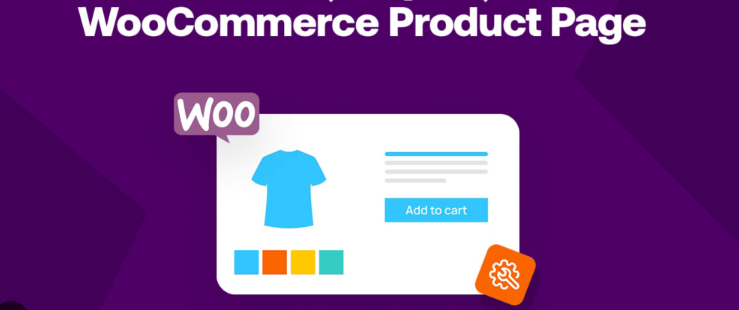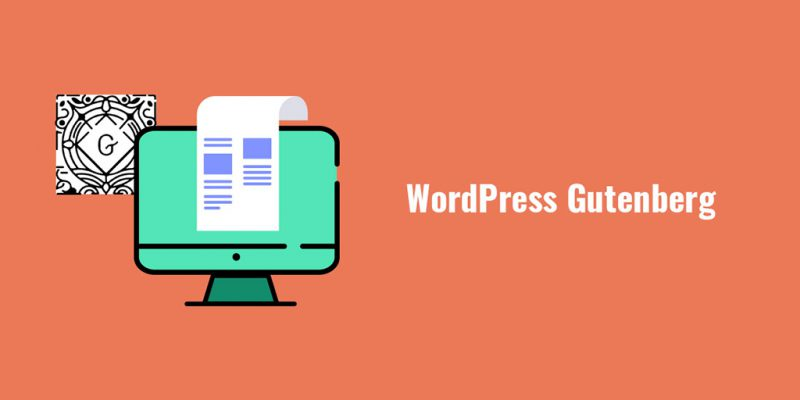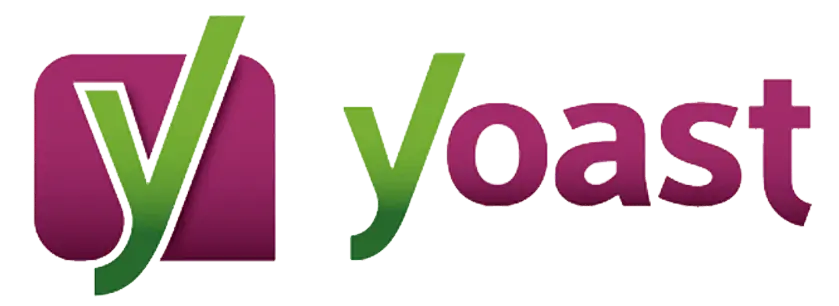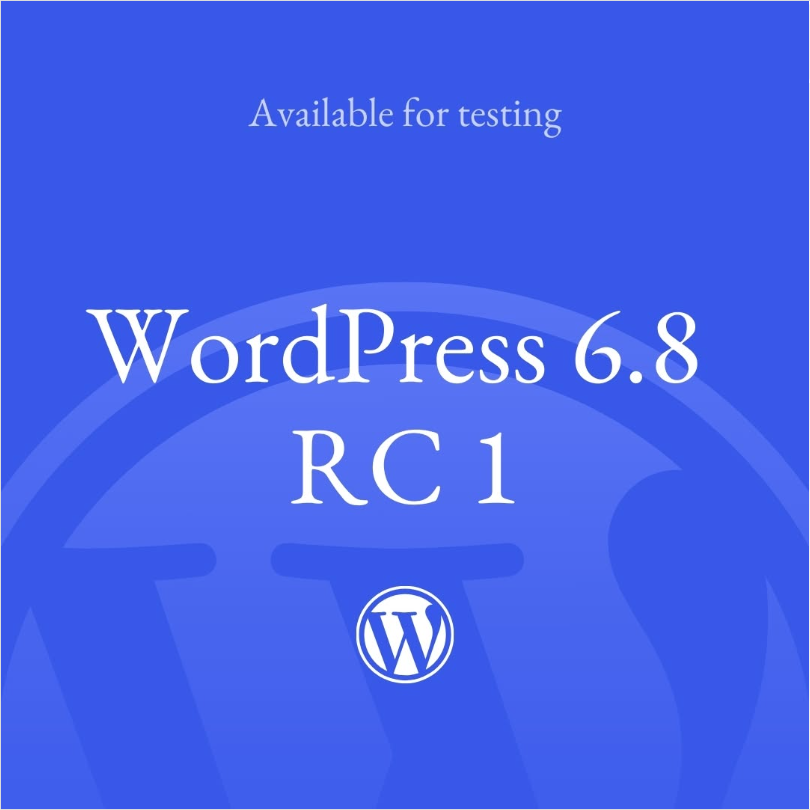Doing multi-language station, many people first think of the theme comes with language packs or settings; the other way is to use the TranslatePress These are specialized plugins. Both options can turn pages into multiple languages, but stability, maintenance costs, SEO and collaboration efficiency vary greatly when it comes to long-term operation. Here's a comparison in layman's terms to help choose a more hassle-free path.
![Image [1]-TranslatePress vs Theme Translator: A More Stable Option for Multilingual Websites](http://gqxi.cn/wp-content/uploads/2025/10/20251017100755751-image.png)
Themes come with translations: seemingly convenient, hidden costs are high
1. Functionality follows the theme
The translation function is strongly tied to the theme, and when the theme is upgraded or changed, the translation link is easy to be mismatched; changing the theme often requires redoing it all over again.
2. Limited adaptation
Many themes only cover the template text, insufficient support for widgets, forms, dynamic content, third-party components, easy to appear "half Chinese and English mix and match".
3. Poor teamwork
It is difficult for content staff and reviewers to intervene directly, mostly technical students changing strings of words in the background, with high communication costs and difficult to standardize quality.
4. SEO Weak control
URL structure, hreflang, site map and other key details of the multilingual difficult to fine-tune, easy to affect the efficiency of the index and the quality of the index.
TranslatePress: The Core Benefits of Pluginization
1. Theme upgraded, translations still available
The plugin is independent of the theme and page builder (Gutenberg/Elementor etc.), translation assets can continue to be used when changing themes or templates, reducing the probability of rework.
![Image [2]-TranslatePress vs Theme Translator: A More Stable Option for Multilingual Websites](http://gqxi.cn/wp-content/uploads/2025/10/20251017100842342-image.png)
2. Translate as you read for immediate results
Front-end visual translation, point and flip; dynamic blocks, menus, pop-ups, forms,WooCommerce Fields are landed one by one to reduce omissions.
3. Multi-language SEO complete closed loop
It supports setting independent URLs for each language, automatically outputs hreflang, and works with SEO plug-ins such as Rank Math to set titles, descriptions, and structured data individually, which is good for regional targeting and click-through rate optimization.
4. Automated + manual hybrids are more efficient
accessible Google Translate or DeepL does the first draft, and the content team proofreads it paragraph by paragraph on the front end, which is fast and manageable; a glossary of terms and exclusions unifies the brand's language.
5. Clearer authority and processes
Minimum permissions can be assigned to translation and revision roles; work with staging environment and version rollback to reduce the risk of misuse.
6. Ecologically rich compatibility
There are mature adaptations for common themes, page builders, forms, and malls; and it's easier to find documentation and community answers to questions.
Comparison of Applicable Scenarios
- Themes come with translations more appropriate for the situation: Small projects with single-page landings, minimal content, and short lifecycles, pursuing minimalist configurations.
- TranslatePress More appropriate cases: Frequent content updates, e-commerce scenarios, long-term projects that require multi-role collaboration and want to hit multi-language SEO.
Migration and Landing Recommendations
- Predefined URL structure: Subdirectories such as /en/, /de/ make it easier to centralize weight; maintain consistency across the site.
- Enabling hreflang with multilingual sitemaps: Ensure that languages refer to each other.
- Creating a glossary of terms: Harmonization of brand names, category names, and technical words to reduce revision iterations.
- Automatic translation priming and manual proofreading: Machine-turning first, proofreading second, focusing on correcting copy and CTA.
- Performance and Caching: Combined LiteSpeed/Cloudflare sets language differentiation rules to avoid caching string languages.
- E-commerce details: Product titles, attributes, variants, email templates, FAQs, and return policies should be localized; check check the checkout page fields with the tax display.
- Pre-Release Inspection: menus, breadcrumbs, footers, forms, pop-ups, 404s, search results pages sampled one by one.
Quick Answers to Frequently Asked Questions
![Image [3]-TranslatePress vs Theme Translation: A More Stable Option for Multilingual Websites](http://gqxi.cn/wp-content/uploads/2025/10/20251017101156563-image.png)
Q: Worried about the impact on page speed?
A: Turn on static caching, delayed loading and merging resources, along with server caching and CDN, performance is achievable; multilingualism and performance are not contradictory.
Q: There's a lot of content already, will there be a lot of changes?
A: Prioritize from high-traffic pages and gradually cover them; using automatic translation as a base draft can significantly speed up the process, and proofreading focuses on sales pages and checkout links.
Q: Can I flip an e-commerce order notice?
A: Support. Email templates, invoices, logistics progress texts can be localized to reduce after-sales communication barriers.
reach a verdict
Overall, the theme comes with a translation that is quick to get started but in the long runTranslatePress It's more stable, easier to maintain, and better suited for ongoing content updates and multi-language promotions.
If you intend to make the site for users in different language regions, it is recommended to start with a plug-in solution to make the translation process clearer, teamwork more efficient, and later expansion easier.
Link to this article:http://gqxi.cn/en/78748The article is copyrighted and must be reproduced with attribution.






















No comments